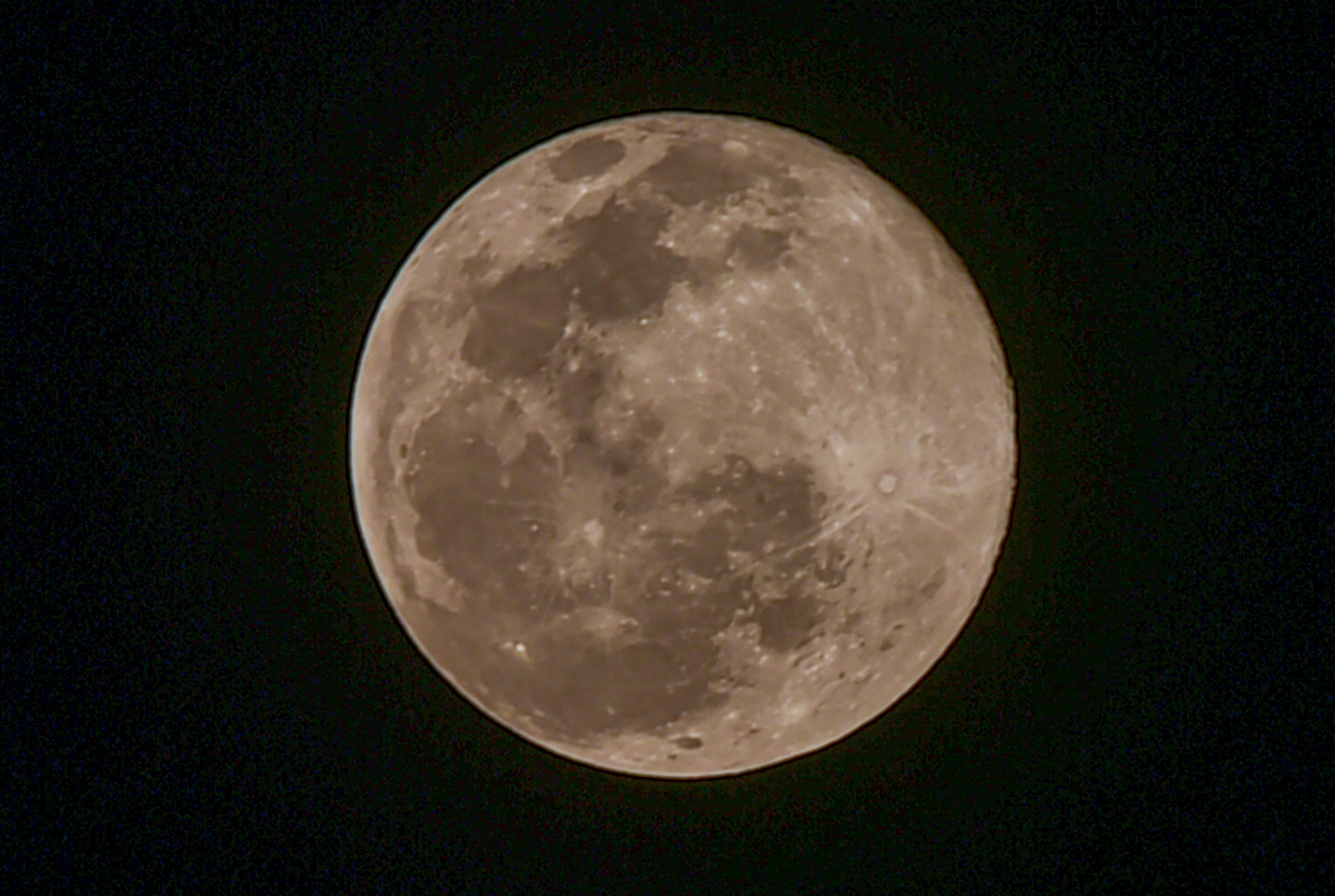US citizens are in luck to witness the Sturgeon supermoon on August 11 night, something that happens only three or four times annually.
The Sturgeon supermoon was named by a Native American tribe, the Algonquin, who named it after the sturgeon fish which are found in the Great Lakes and other water bodies during this time of the year. It will also be the last of the four supermoons of 2022, the first of which was seen in May, says The Old Farmer’s Almanac.
Also Read: Albuquerque killings: Muslims shocked that shooter was ‘one of their own’
The Sturgeon supermoon can be seen after the sunset in the southeast sky, with its peak radiance at 9:36 pm ET on the night of Thursday, August 11.
A supermoon is when the moon is at its closest point to Earth in a natural orbit. The supermoon can be a little bigger or smaller than its usual appearance, but the difference often cannot be differentiated by naked eyes.
According to NASA, when the moon is at its closest point to the Earth, it is called perigee, which is around 226,000 miles from our home planet. The orbit of the moon around the Earth is not a perfect circle, which is why the distance between these two celestial bodies changes throughout the year.
Apart from the Sturgeon supermoon, the Perseid meteor shower will also take place between Thursday and Saturday. This particular meteor shower usually takes place between mid-July to early September and the peak of the showers in the ongoing year can be seen from 11 pm ET on Friday night.
Also Read: Why Mike Tyson hates the Hulu mini-series based on him
While the Sturgeon supermoon is the last of the four supermoons scheduled for the year, four more lunar events will take place in the year which can be seen from the Earth. These are the Harvest moon (September 10), Hunter’s moon (October 9), Beaver moon (November 8) and Cold moon (December 7). The ongoing year will also see two lunar eclipses in October and November.
Apart from the lunar events, seven more meteor showers are also scheduled for later this year. These are the Draconids (October 8-9), Orionids (October 20-21), South Taurids (November 5), North Taurids (November 12), Leonids (November 17-18), Geminids (December 13-14) and Ursids (December 22-23).







